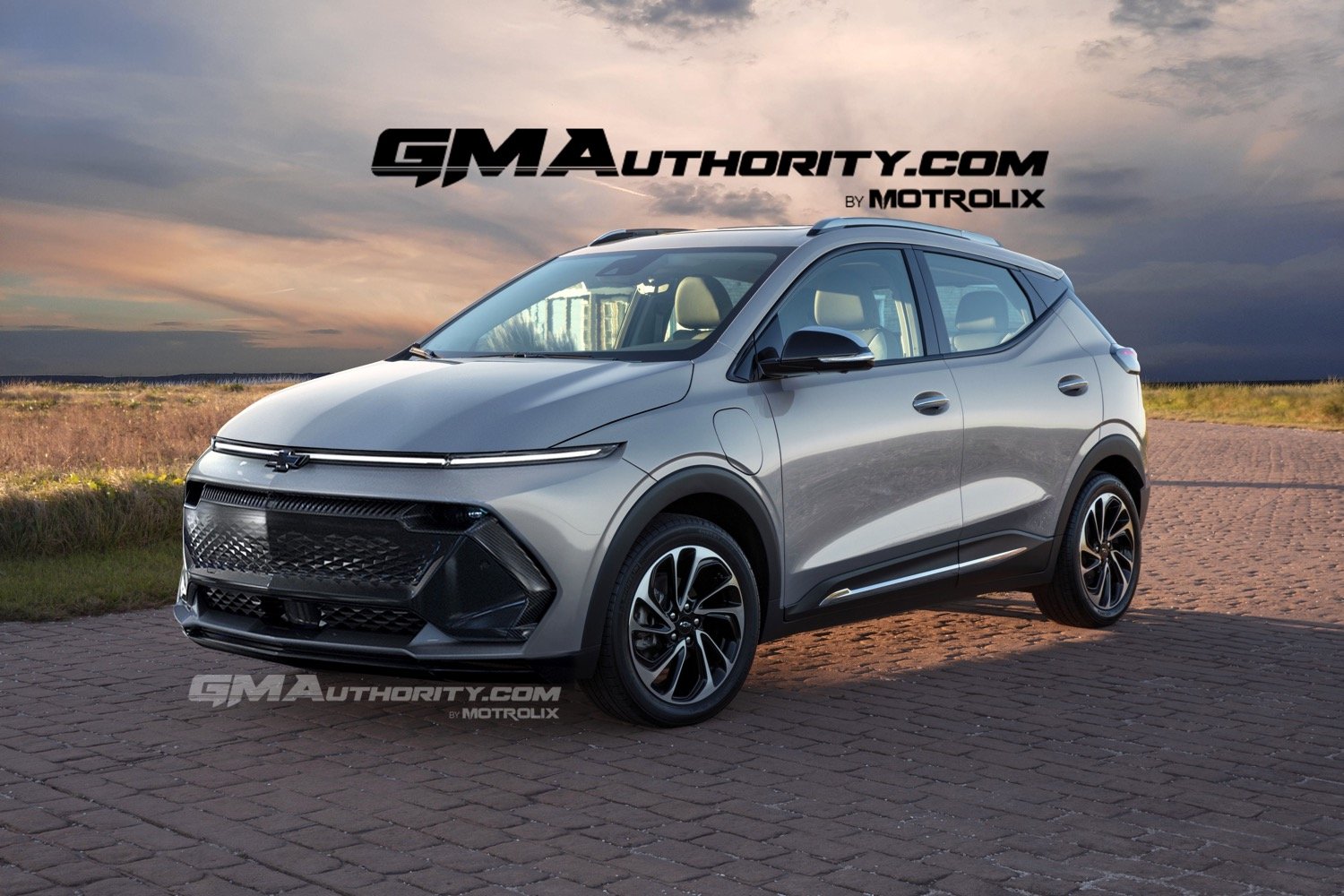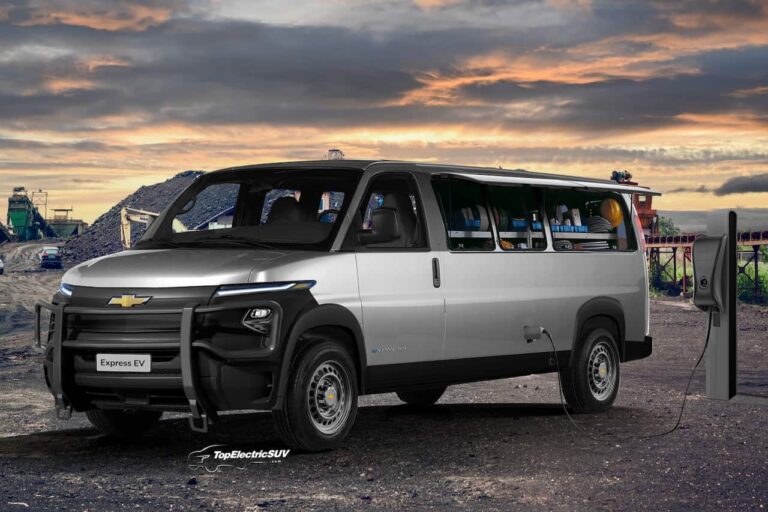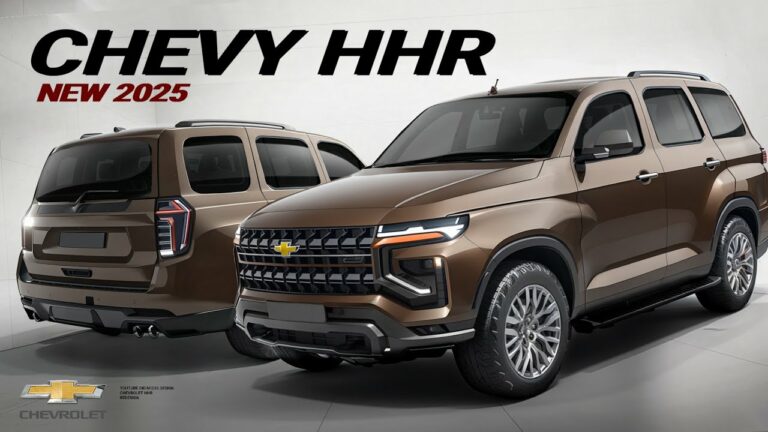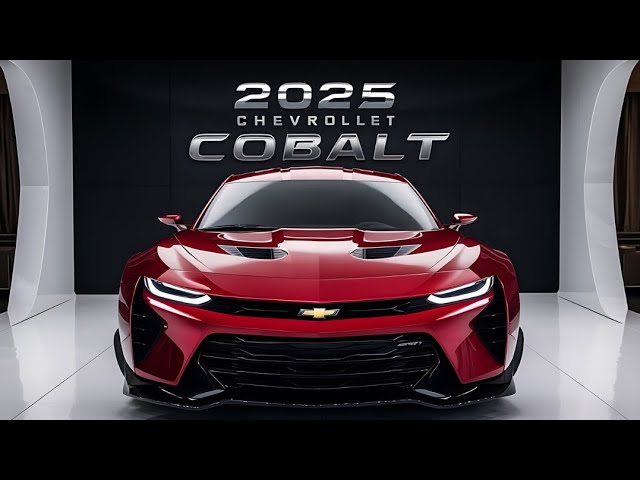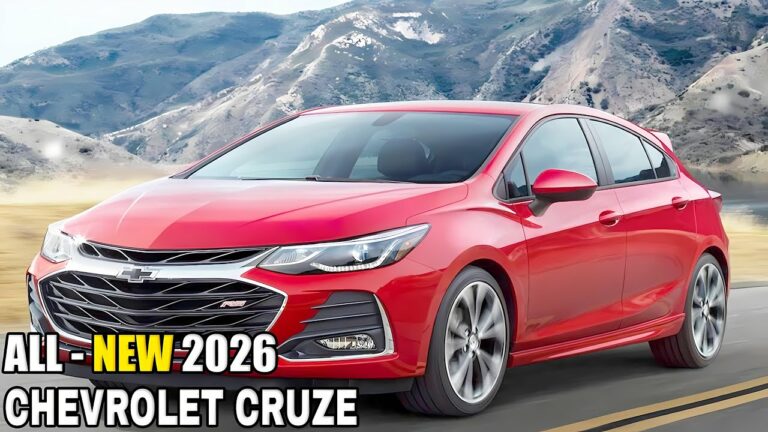2026 Chevy Bolt Ev Release Date
Powertrain and Performance
The 2026 Chevy Bolt EV receives a significant powertrain upgrade, delivering enhanced performance and efficiency.
At the core lies a more powerful electric motor, paired with an upgraded battery pack that boasts an increased capacity. This combination provides a substantial boost in acceleration and overall responsiveness.
Battery and Range
- Larger battery pack with increased capacity for extended driving range.
- Estimated range of up to 300 miles on a single charge, a significant improvement over the previous model.
- Improved charging capabilities, allowing for faster charging times and greater convenience.
Acceleration and Top Speed
- Enhanced acceleration from 0 to 60 mph, achieving the benchmark in under 6 seconds.
- Increased top speed, allowing for more spirited driving experiences.
Efficiency Improvements
- Advanced regenerative braking system to capture energy during deceleration and increase range.
- Optimized aerodynamics to reduce drag and improve efficiency.
- Energy-saving features, such as an ECO mode, to maximize battery life.
Charging and Infrastructure
The 2026 Chevy Bolt EV boasts advanced charging capabilities to enhance the electric driving experience. It is equipped with a dual-level charging system, enabling both Level 1 and Level 2 charging. Level 1 charging, using a standard 120-volt outlet, provides a charging rate of approximately 5 miles per hour, while Level 2 charging, using a 240-volt outlet, significantly increases the charging rate to approximately 25 miles per hour. Additionally, the Bolt EV supports DC fast charging, allowing for rapid replenishment of the battery at compatible charging stations.
The availability and accessibility of charging infrastructure play a crucial role in the widespread adoption of electric vehicles. In recent years, there has been a significant expansion of public charging stations, particularly in urban areas. However, the distribution of charging infrastructure varies across regions, with some areas having better coverage than others. This can impact the convenience and practicality of owning an electric vehicle for those who rely on public charging.
The growth of charging infrastructure is driven by a combination of government initiatives, private investment, and consumer demand. Governments worldwide are implementing policies and providing incentives to encourage the development and deployment of charging stations. Additionally, private companies are investing in the construction and operation of charging networks to meet the growing demand for electric vehicle charging. As the number of electric vehicles on the road increases, the demand for charging infrastructure will continue to rise, leading to further expansion and improvements in accessibility.
Pricing and Availability

The 2026 Chevy Bolt EV is expected to have a competitive price point to appeal to a wide range of consumers. Pricing information will be officially announced closer to the vehicle’s release date.
The Bolt EV will be available in various markets and regions, including the United States, Canada, and Europe. Specific availability details will vary depending on the market and will be announced by Chevrolet closer to the launch date.
Pre-Orders and Reservations
Interested buyers may be able to pre-order or reserve the 2026 Chevy Bolt EV through Chevrolet’s website or authorized dealerships. Pre-ordering or reserving a vehicle typically involves providing a refundable deposit to secure a place in line for early delivery.
Competition and Market Impact

The 2026 Chevy Bolt EV faces stiff competition in the burgeoning electric vehicle market. Its primary rivals include the Tesla Model 3, Hyundai Kona Electric, and Nissan Leaf.
Competitive Advantages
The Bolt EV boasts several competitive advantages, including its spacious interior, affordable price point, and impressive driving range. It offers ample room for passengers and cargo, making it a practical choice for families and commuters alike. The Bolt EV’s starting price is significantly lower than that of the Tesla Model 3, making it more accessible to budget-conscious buyers. Furthermore, its estimated driving range of over 250 miles on a single charge provides peace of mind for long-distance journeys.
Competitive Disadvantages
However, the Bolt EV also has some disadvantages compared to its competitors. Its acceleration and handling are not as sporty as the Tesla Model 3, and its interior materials are not as luxurious as those found in the Hyundai Kona Electric. Additionally, the Bolt EV’s infotainment system is not as user-friendly as that of the Nissan Leaf.
Market Impact
Despite these disadvantages, the 2026 Chevy Bolt EV is expected to make a significant impact on the electric vehicle market. Its affordable price point, spacious interior, and impressive driving range make it a compelling choice for buyers seeking an environmentally friendly and practical vehicle. The Bolt EV’s release is likely to further accelerate the adoption of electric vehicles and contribute to the growing demand for sustainable transportation options.
FAQ Summary
When is the expected release date of the 2026 Chevy Bolt EV?
The 2026 Chevy Bolt EV is anticipated to be released in the fall of 2025 as a 2026 model.
What are the key design changes in the 2026 Chevy Bolt EV?
The 2026 Bolt EV features a refreshed exterior with a more aerodynamic profile, redesigned headlights and taillights, and new wheel designs.
Does the 2026 Chevy Bolt EV offer any new technology features?
Yes, the 2026 Bolt EV boasts an upgraded infotainment system with a larger touchscreen, enhanced voice control, and wireless connectivity features.
What is the expected range of the 2026 Chevy Bolt EV?
The 2026 Bolt EV is expected to have an improved range of approximately 250 miles on a single charge.
What is the estimated price of the 2026 Chevy Bolt EV?
Pricing for the 2026 Bolt EV has not yet been officially announced, but it is expected to be competitive within the electric vehicle market.
